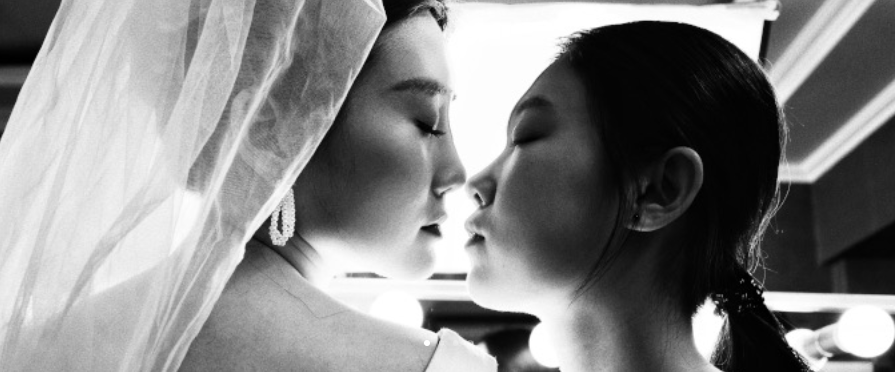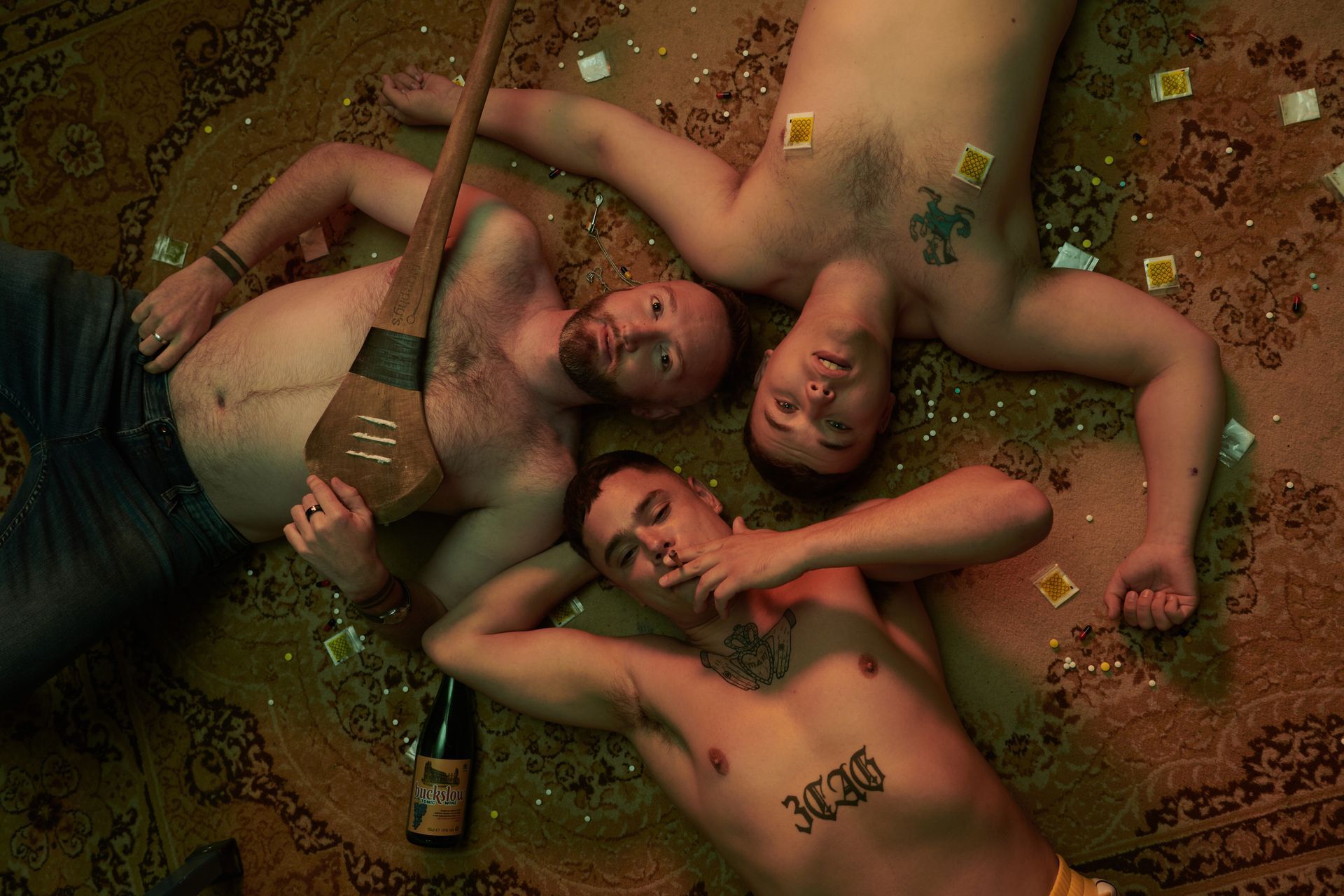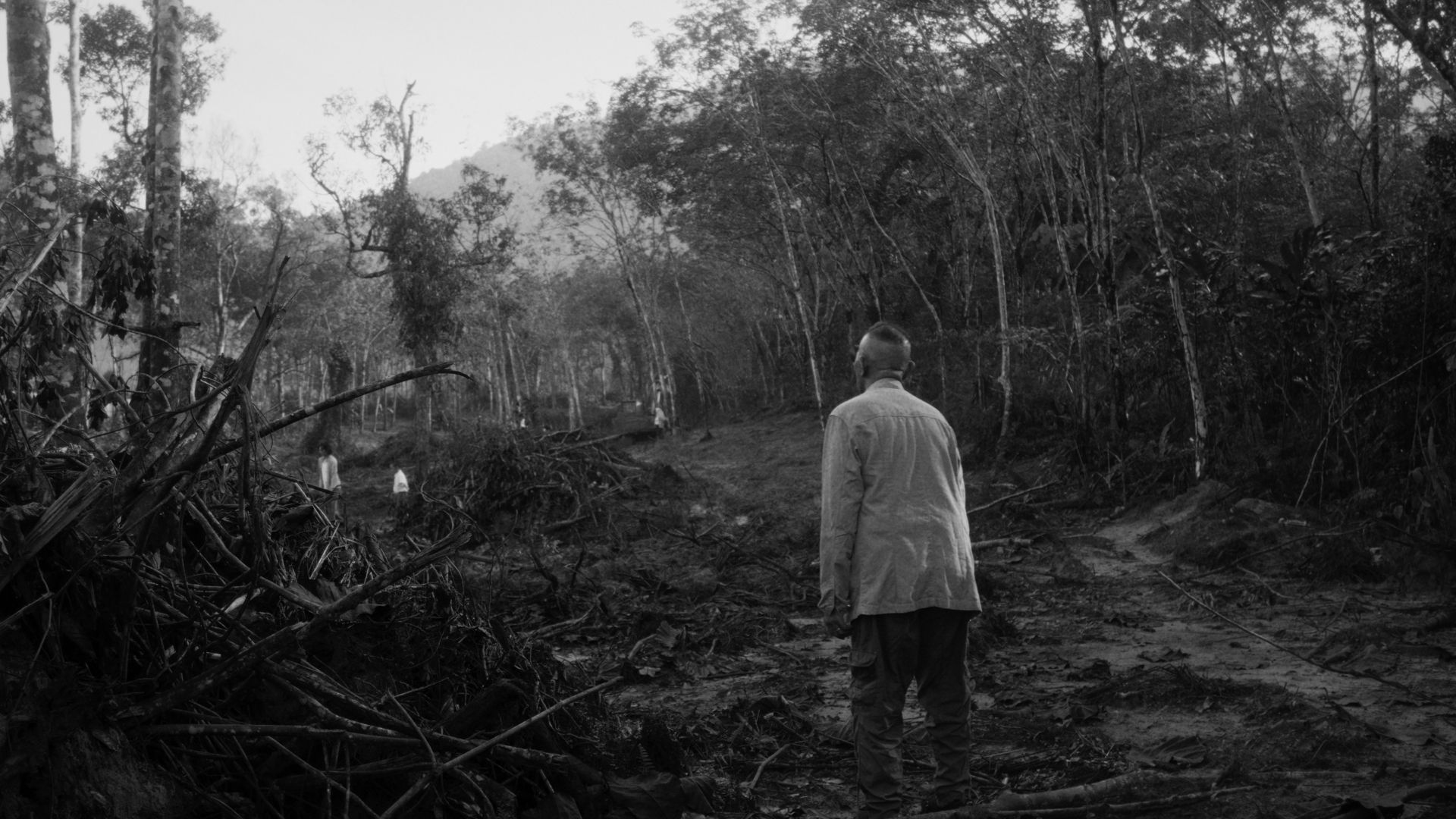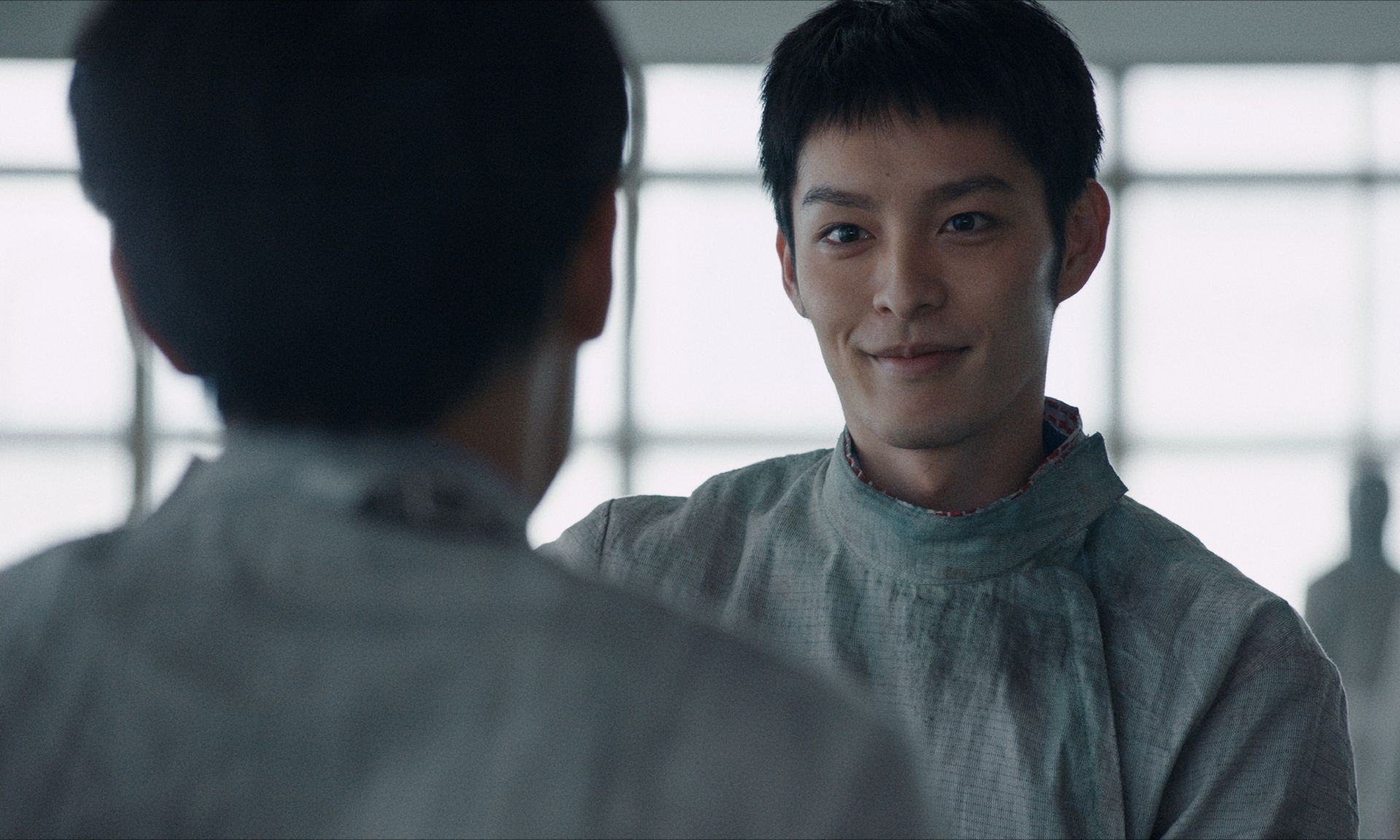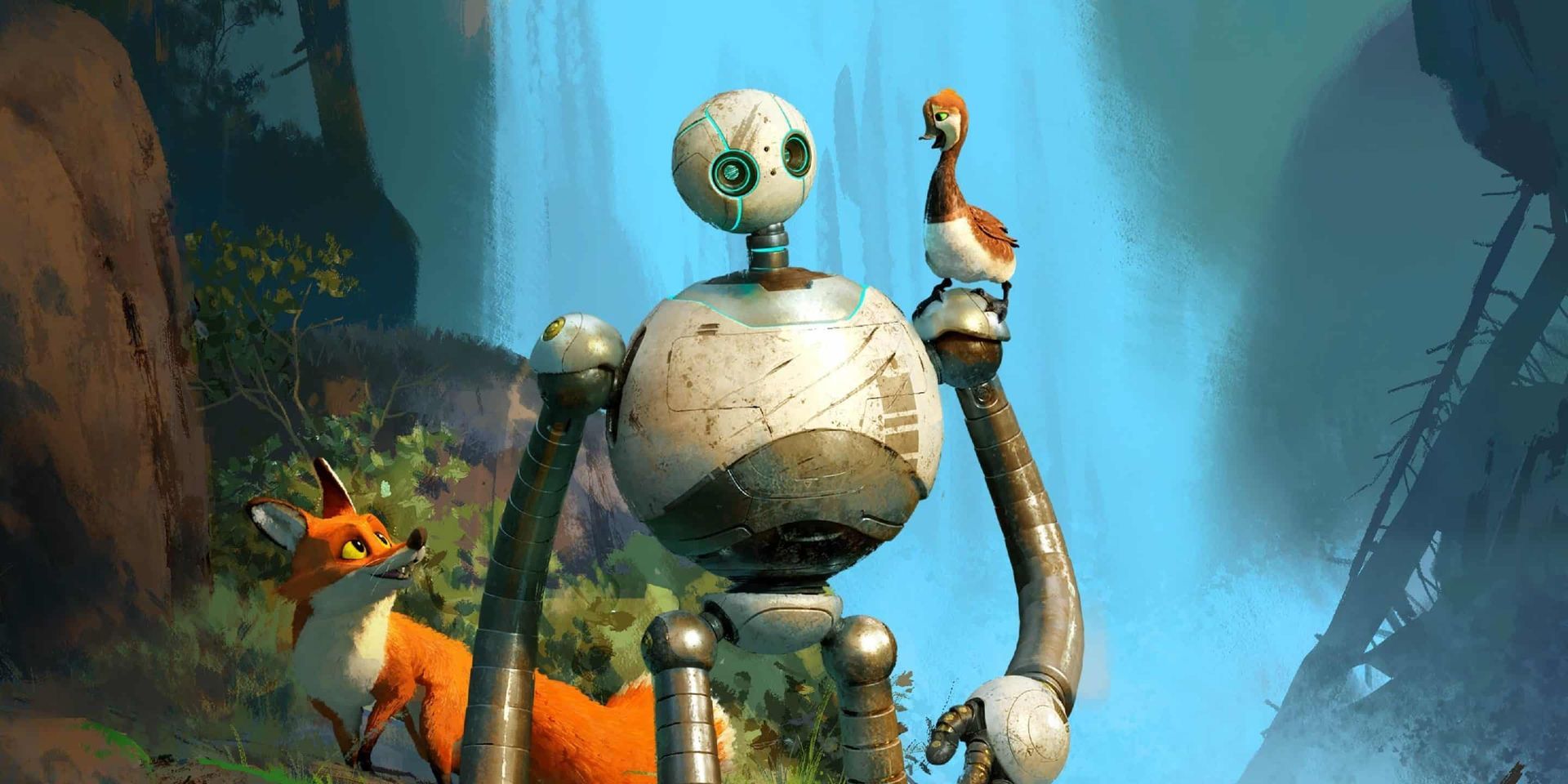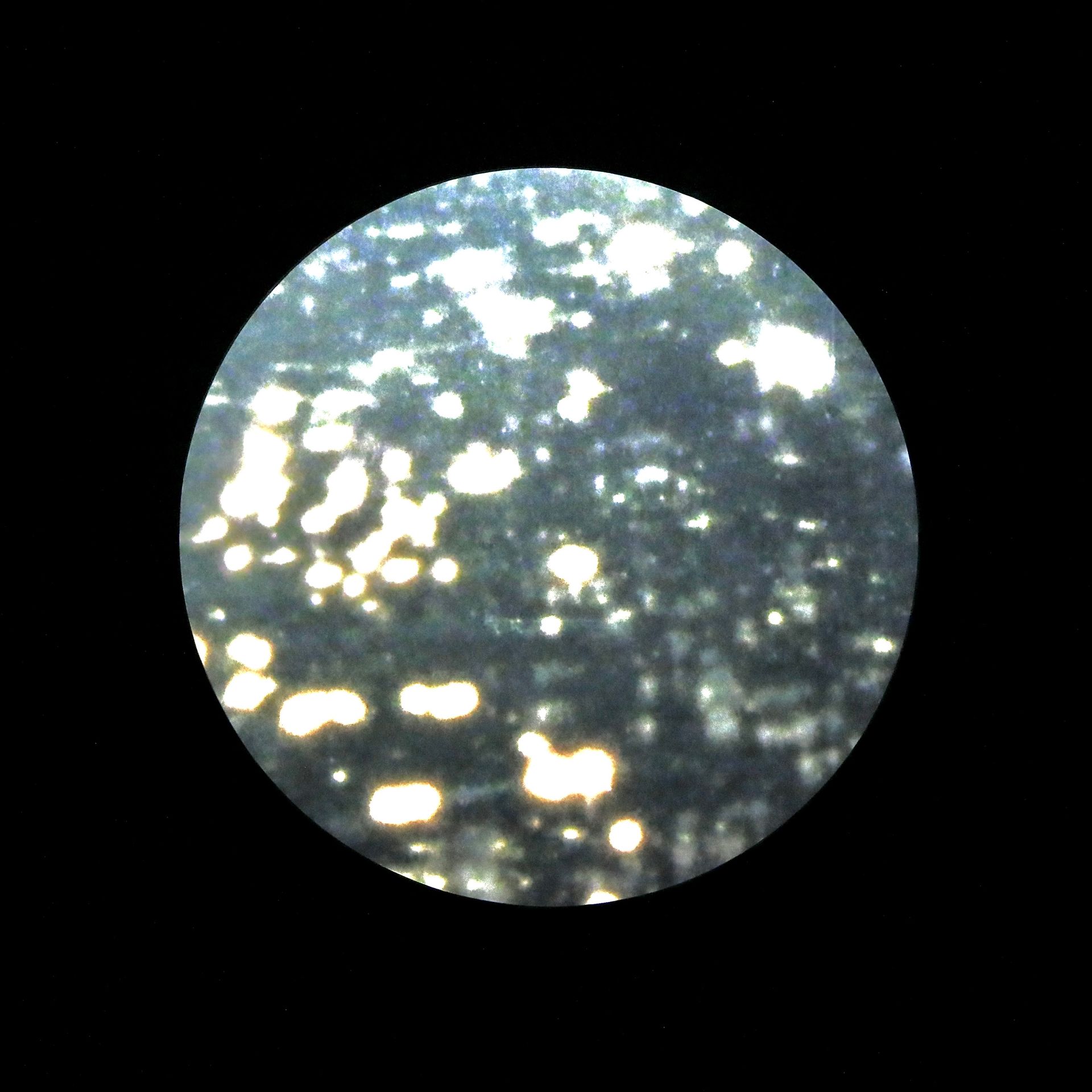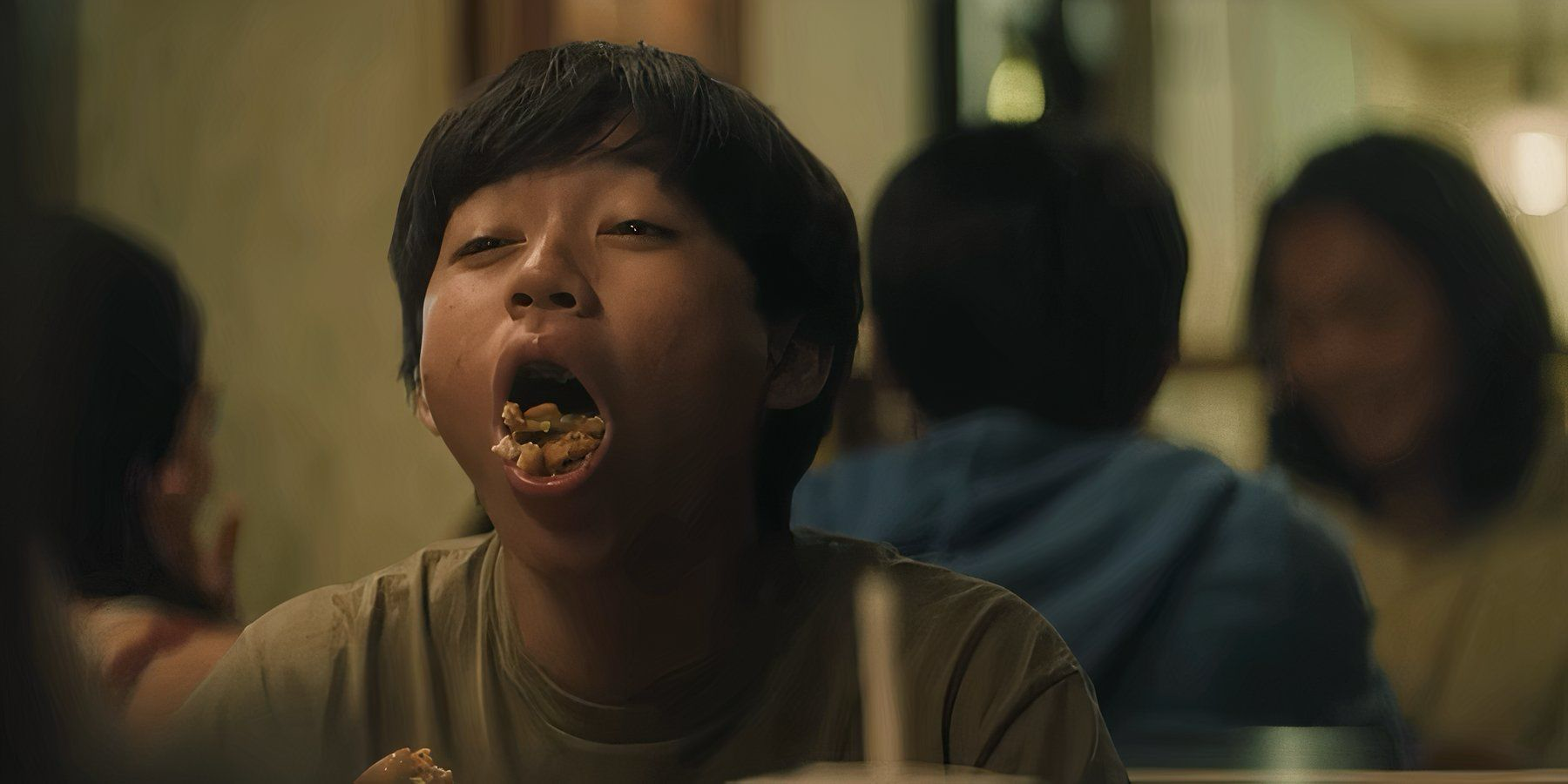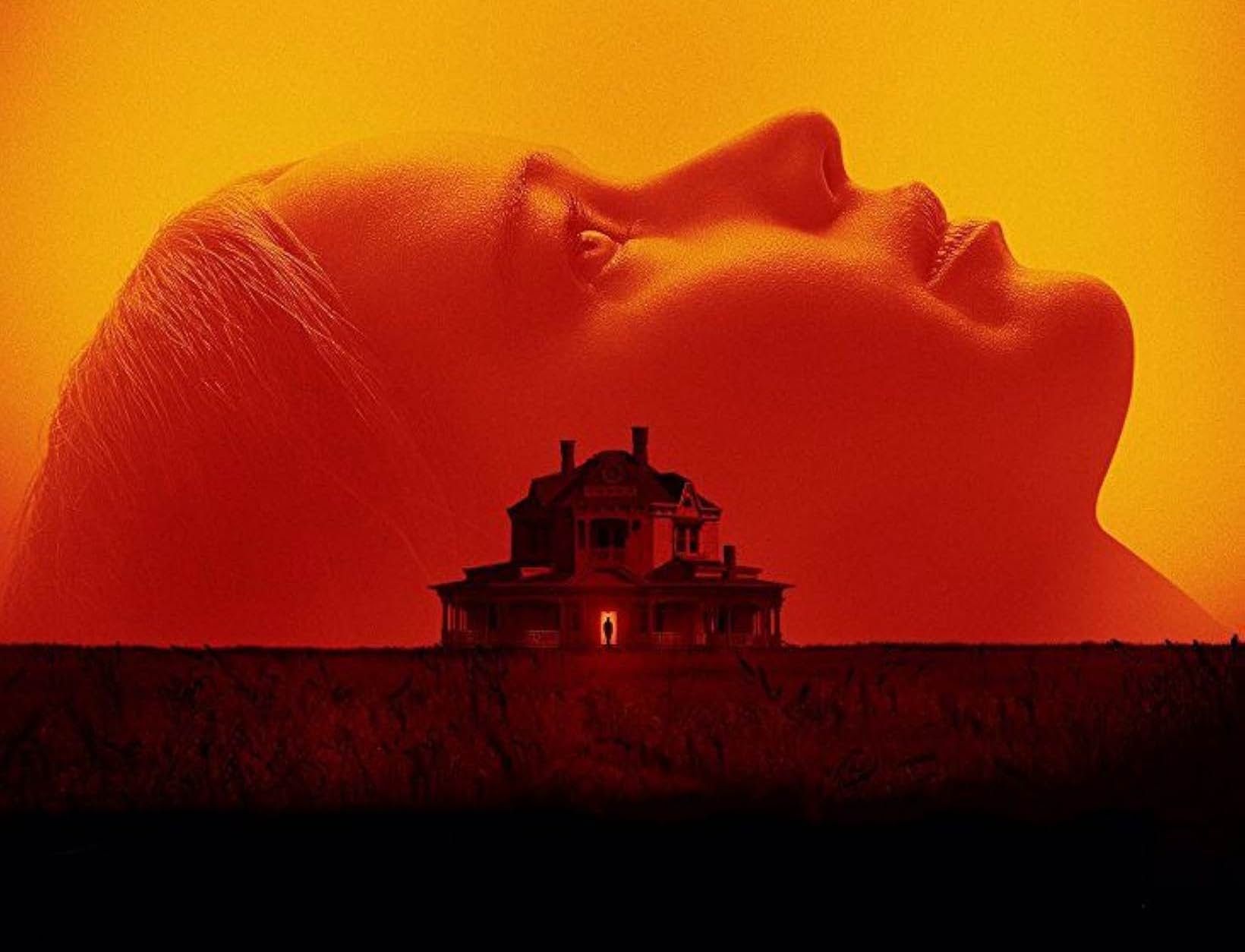Film Review #161: JOKER: FOLIE À DEUX
Joker: Folie à Deux Review
This review contains spoilers. Read at your own risk!
Joker: Folie à Deux (2024) has become largely polarising and incredibly critiqued as of its release. Todd Philips' sequel to his hugely acclaimed film Joker (2019) has failed to meet almost everyone's expectations across the board – fans of the DC comics, fans of musicals and fans of Todd Phillips himself. In fact, it’s been rated one of the worst superhero movie of all time by Cinemascore, even lower on the totem pole of film failures than the devastatingly rated Batman & Robin (1997), Morbius (2022) and the memed-to-death Madame Web (2024). However, this barrage of hate has overshadowed the few of us that actually do like the movie and its innovative take on exploring the already well established IP of the DC comics.
As an avid fan of movies, musicals, movie musicals, courtroom dramas and hate-watching bad films, I have a largely unpopular take: Joker: Folie à Deux
is not
that bad. In fact, the premise of the movie as per Todd Phillips’ intention to strip the larger than life Joker character to reveal his vulnerabilities as a broken, abused man is deeply interesting and takes on an inquisitive perspective that is not traditionally explored in movies of alpha, machismo characters.
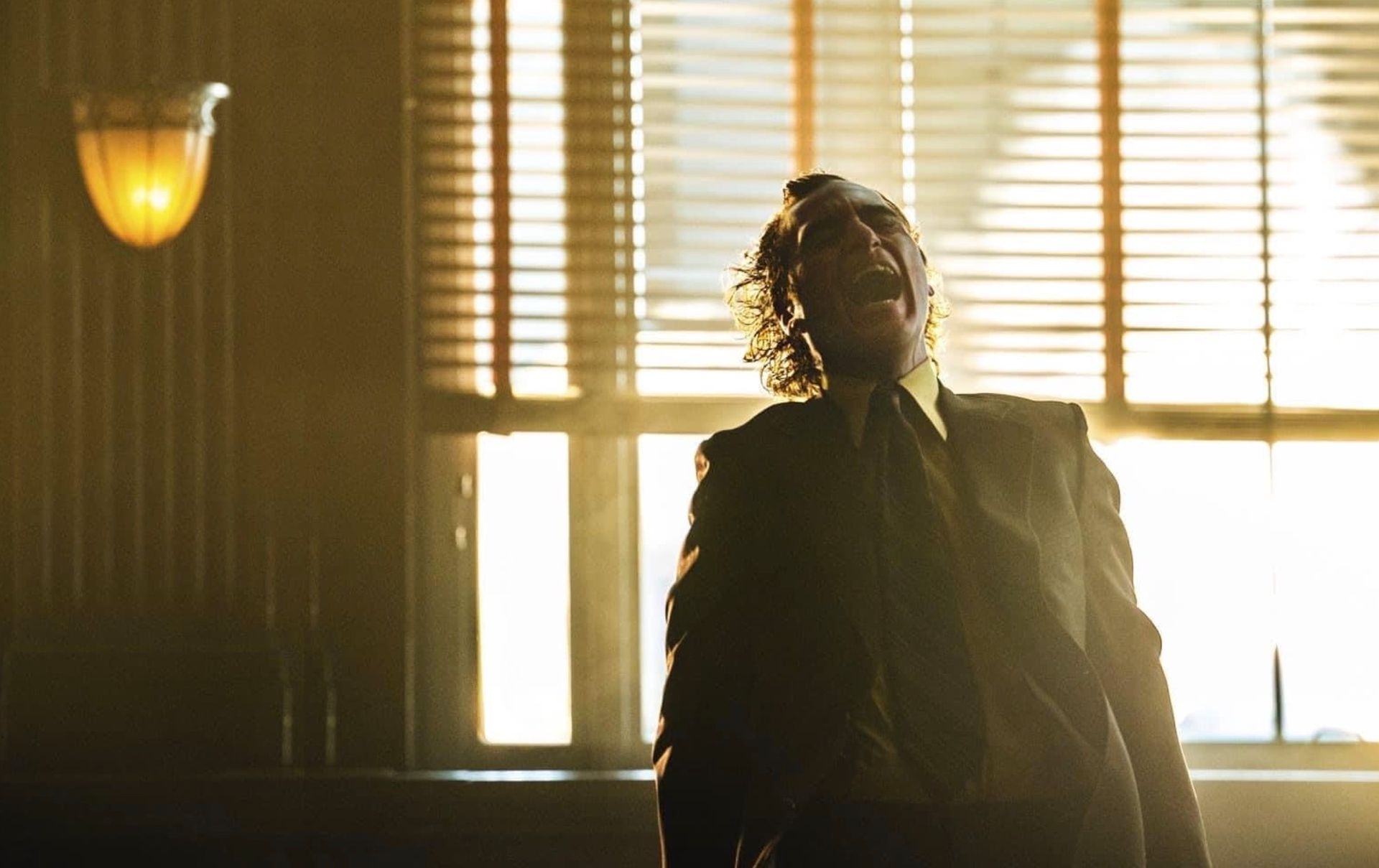
The film follows Arthur Fleck, aka The Joker, held in a psychiatric institution as he awaits his upcoming trial for the series of murders he committed at the end of the first movie. Arthur is pulled apart by his two choices; plead insanity for his legal defence ala arguing he has dissociative identity disorder, or play into the Joker image he has created and be charged as such, destined for a life in prison. This choice is reflective of the philosophical crux of the movie; save himself by admitting that he is just another normal broken man – no better than any other neglected citizen in Gotham – or play into the martyr narrative his followers crave, and enjoy the love and adoration that comes along with it, albeit in jail.
There is undoubtedly a lot to be said about what the movie is lacking, especially having been criticised to pieces by critics worldwide.
While the movie did start strong, with a charming animation short by Sylvain Chomet that sets the tone for the film, the attempt to make it a movie musical, though an intriguing concept, did little to advance the plot. In traditional musicals, characters burst into song when mere words can no longer explore the depth of emotions they feel. In
Joker: Folie à Deux
songs are instead used as stand ins for dialogue, lacking the ingenious brevity and resulting in elongated lilting whispered duets that go on for way too long. Listening to Joaquin Phoenix and Lady Gaga (who plays this world’s version of Harley Quinn) speak-sing in hushed whispers was uninspiring and lacked the explosive character development that songs are meant to offer in musicals.
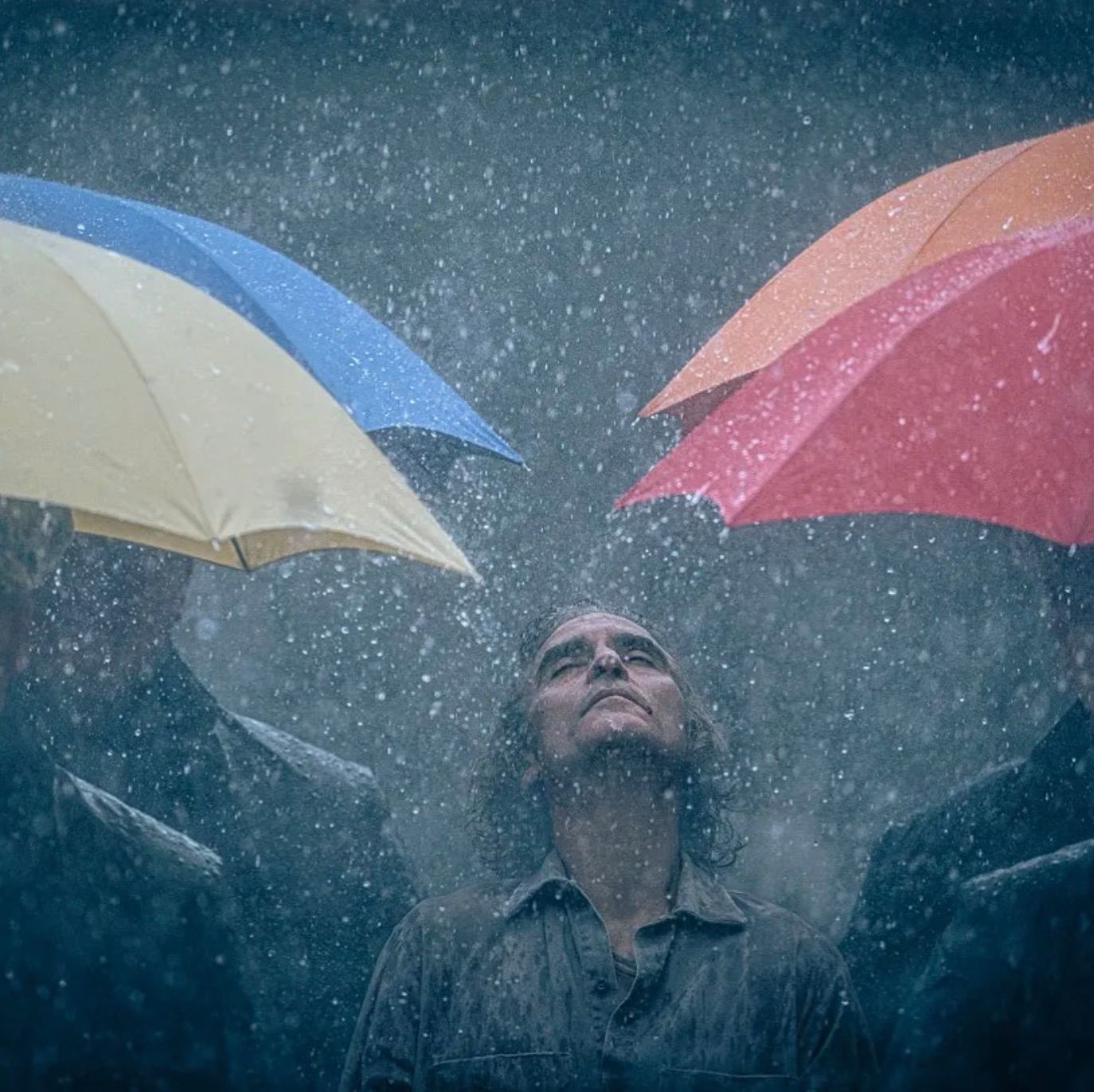
As a huge fan of legal dramas, this movie’s courtroom scenes were also a tough watch. The obvious lack of legal speak, the disregard of regular courtroom decorum and the almost comically unrealistic depiction of lawyers (I was one more eye roll away from crying out “hearsay” myself) made the ‘courtroom drama’ aspect of the film superficial. These scenes were so disarranged and wildly implausible that it took me out of the movie.
So, what redeems this movie?
Joker: Folie à Deux
dives deeper into the psyche of a confident and chaotic alpha male type, a unique angle that is lacking in many other pop-culture iterations of likable anti-establishment heros that subvert social norms, akin to the crude Tyler Durden in
Fight Club (1999) or the meta dark humour of Deadpool. Instead of a confident leading man, we’re faced with Joker’s dichotomy; a man gripped with paralysing psychological trauma who yearns to play the suave hero his fans will love but is unable to stifle his deep seated pain to successfully do so.
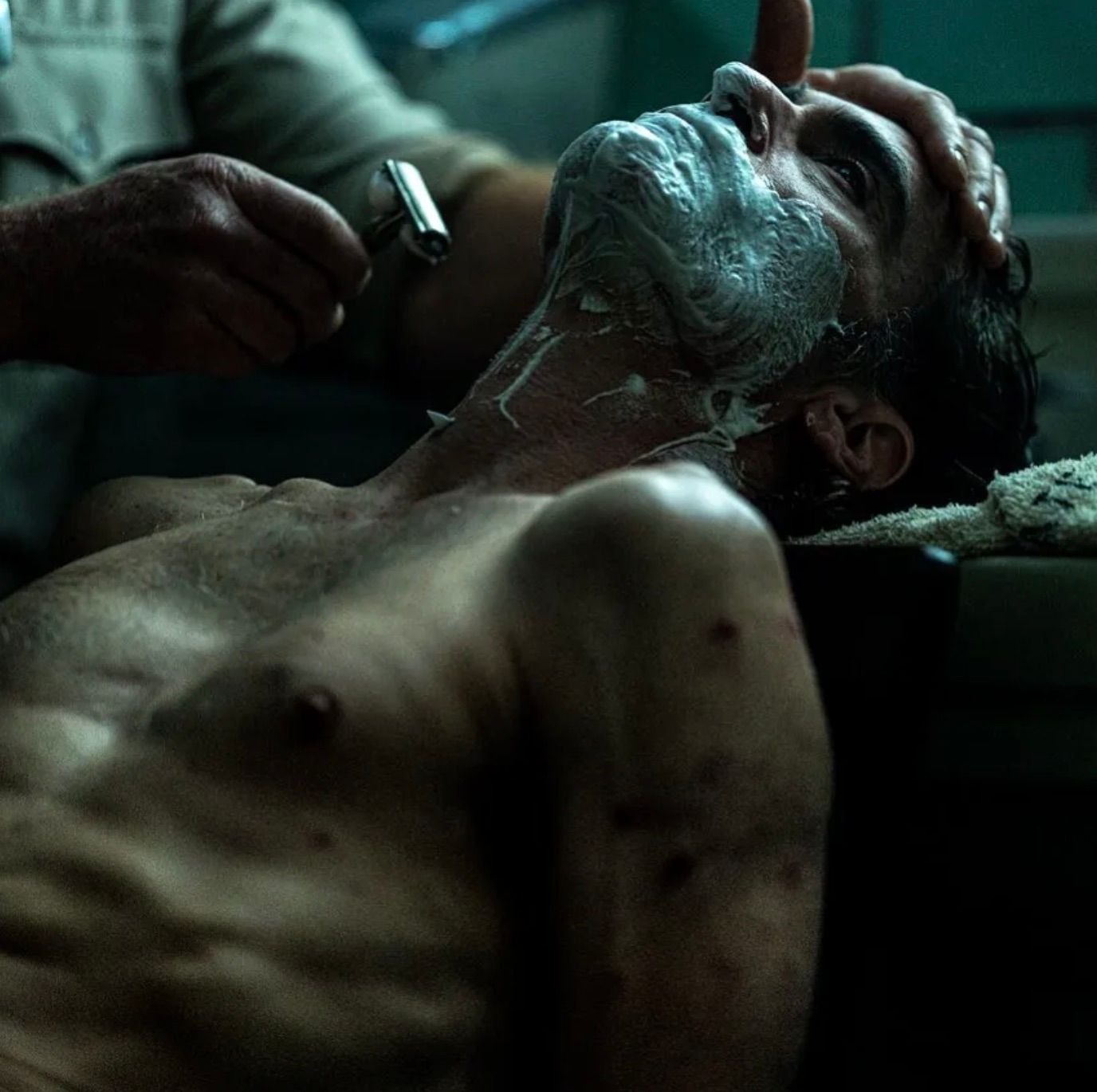
This movie peers into the hidden underbelly of traditional iterations of the Joker. The character of the Joker has been adapted before by exceptionally talented actors, Heath Ledger in The Dark Night (2008) and Jack Nicholson in Batman (1989) just to name a few. However, Phillips’ approach and construction of his Arthur Fleck is one that explores Joker’s history of pain and abuse front and centre, rather than as an accessory for the eventual violent and chaotic confidence that is the character’s iconic traits. Consistently abused by his maniac mother, Arthur has an innate need for acceptance but is plagued with self-loathing and entrenched in his state of depression. This portrayal of him as a painfully repressed, stagnant character in a state of arrested development crumbles the facade of the driven and active persona of traditional Joker portrayals, as Phillips’ forces us to confront Arthur’s painfully human yearning for acceptance –a broken man that is easily manipulated and imprisoned by his own insecurities.
Rather than this being a betrayal of the essence of the Joker character, this is a beautiful exploration into traditional leading villain archetypes; a contrasting perspective to what we have seen in classic anti-hero fiction like Travis Bickle in
Taxidriver (1976). Though Arthur Fleck resolves to live up to the exaggerated Joker persona to attain the admiration he so covets, he is unable to hide his human fallacies through an apathetic facade and this not only crumbles the fleeting support from Lee and his henchmen, but his failure to live up to the promise is what eventually leads to his demise at the end of the film.
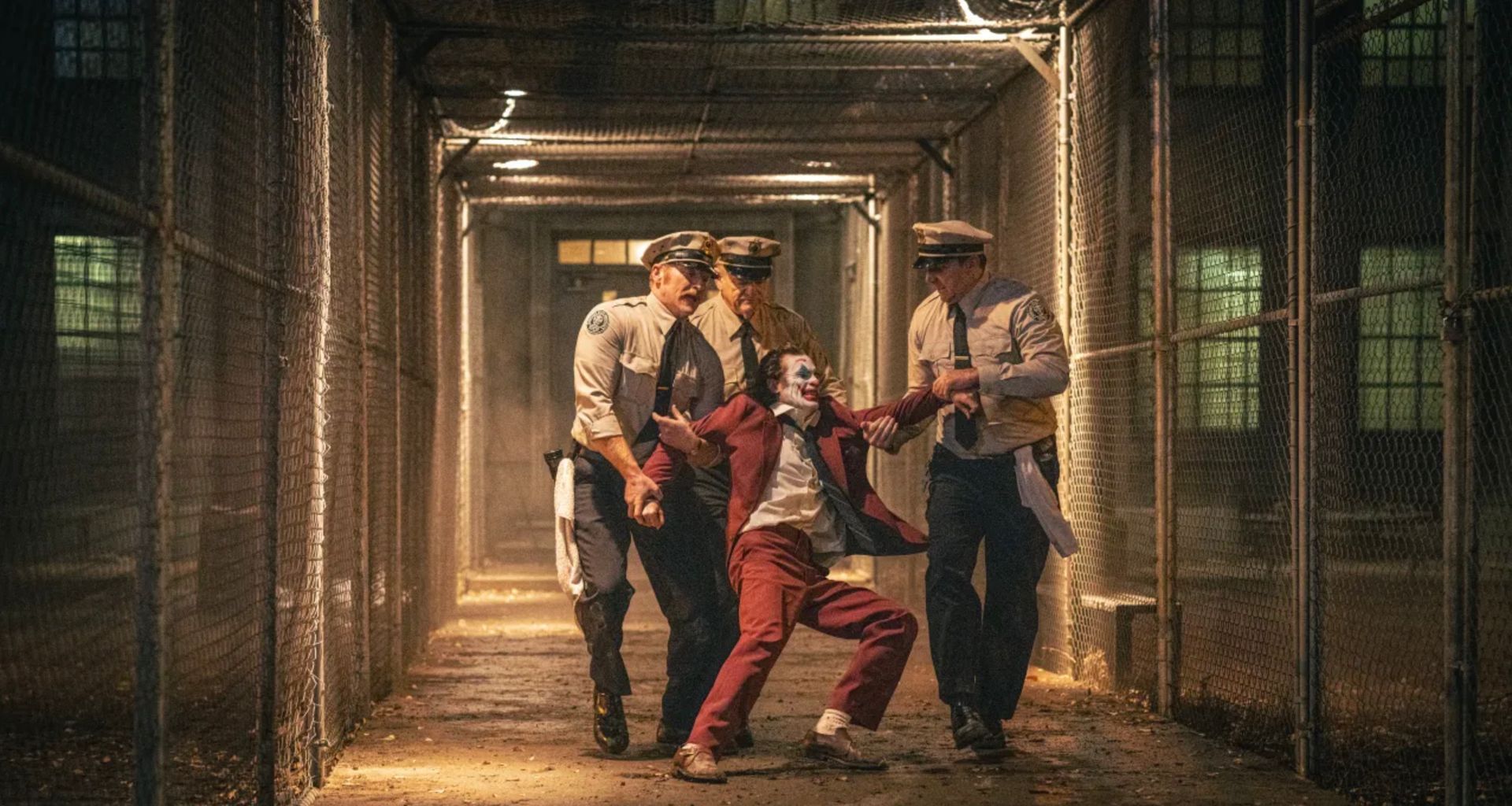
Phillips takes a courageous attempt to craft a story around what happens after the lights go out; when the show is done and the theatrical, egotistical narrative is challenged. How does the broken down clown sit in the aftermath of the party with no one left to entertain but his harshest critic, himself? Phillips explores human vulnerability, turning the cocky antihero narrative on its head to present a more gripping reality of a failed comedian, almost in the vein of Scorsese's depiction of a deeply flawed and delusional Rupert Pupkin in King of Comedy (1983).
The more dependent we are on facades of grandeur to run from our vulnerabilities, the more we sink into the deep rooted pain we have failed to address. Though the execution of
Joker: Folie à Deux
was lacking, the creative inquisition to deconstruct the raw and rudimentary dimensions of larger-than-life characters is where Phillips’ vision shines through. Beyond the viral hate and fan endorsement of the film, it offers much introspection and thought to its audiences by dissecting matters of identity, mental health and the social circumstances that trap people in them.
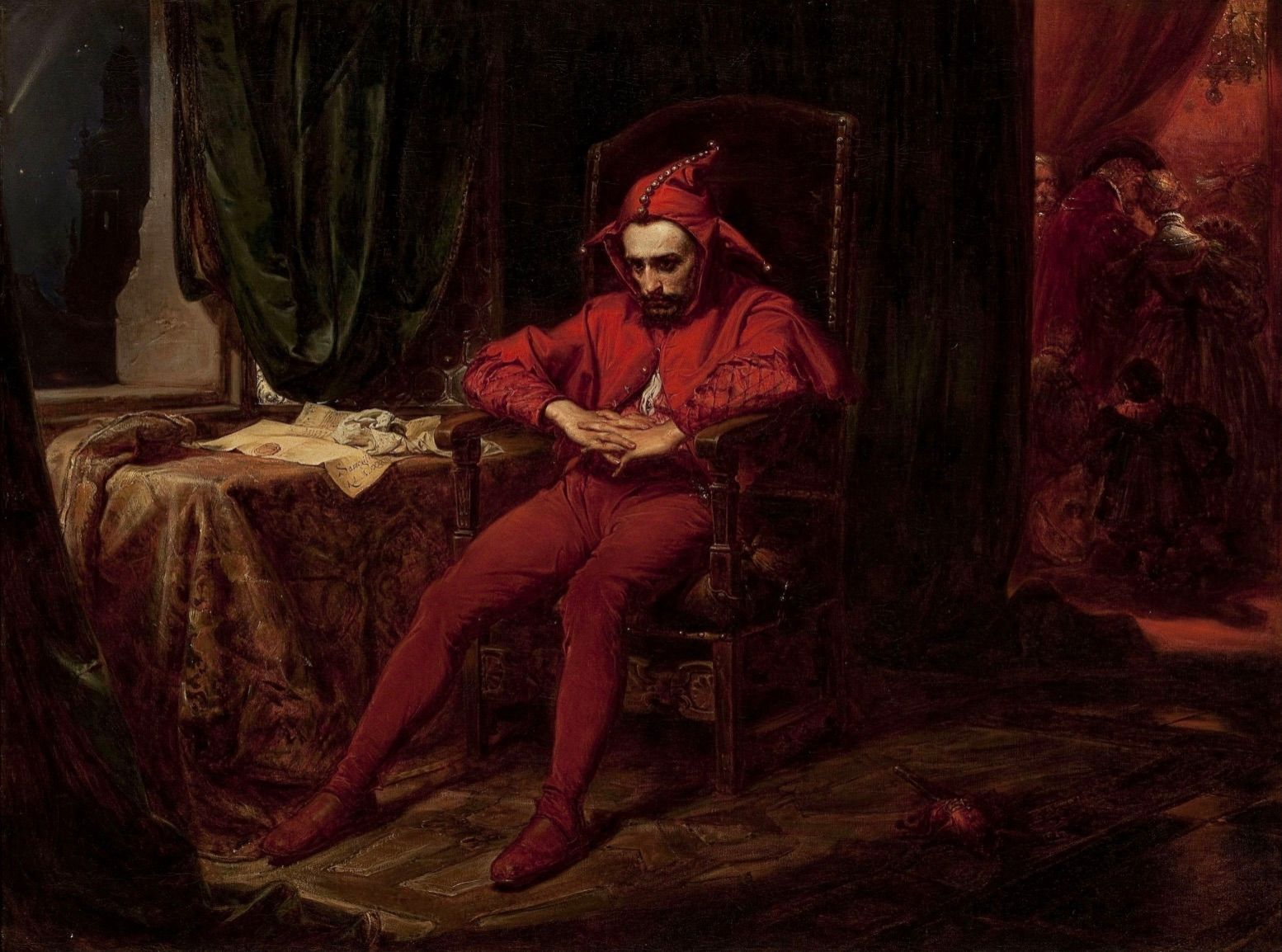
The film made me recall Jan Matejko’s stunning 1862 painting “Stańczyk”, named after the subject of the artwork. The piece shows an intimate scene of the famous Polish court jester experiencing an existential crisis at a critical point of political turmoil in his country. It shows the juxtaposition of a man meant to make others laugh, trapped in his own grief and isolated from the party behind him, which parallels much of Arthur’s journey in Joker: Folie à Deux (2024).
Arthur’s deeply depressive and dark mental state is similarly in the foreground of the film. We are privy to his mental turmoil and watch him fail to meet the expectations put upon him due to his own debilitating existential crisis. The pomp and grandeur are stripped away for our protagonist, and in turn the audience, to reveal the man under it all.
---------------------
About the author: Perpetually curious about film, art, and thought.
This review is published as part of *SCAPE’s Film Critics Lab: A Writing Mentorship Programme, with support from Singapore Film Society.

